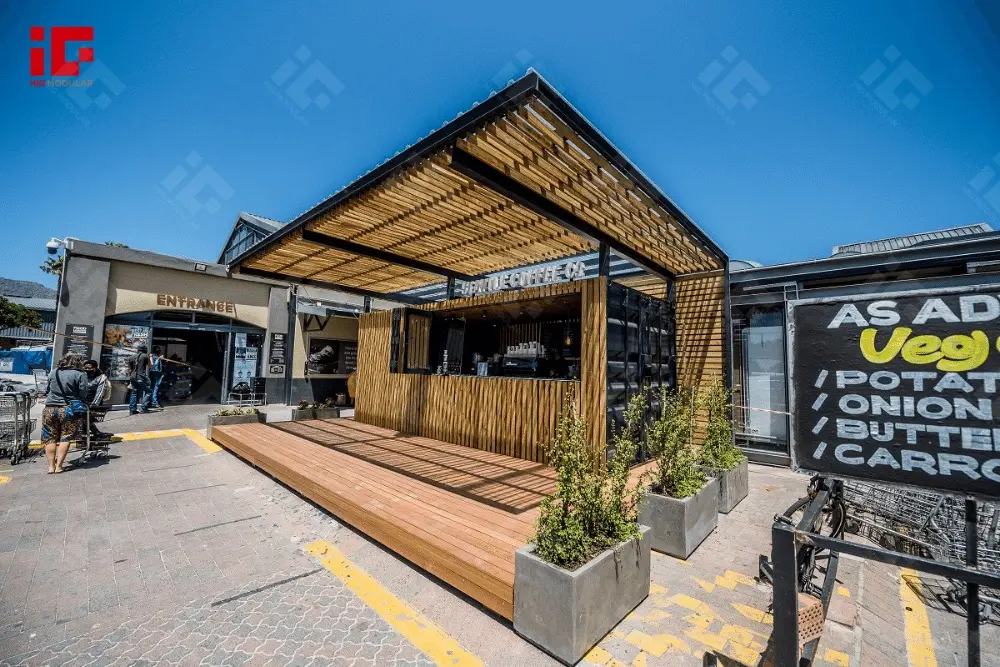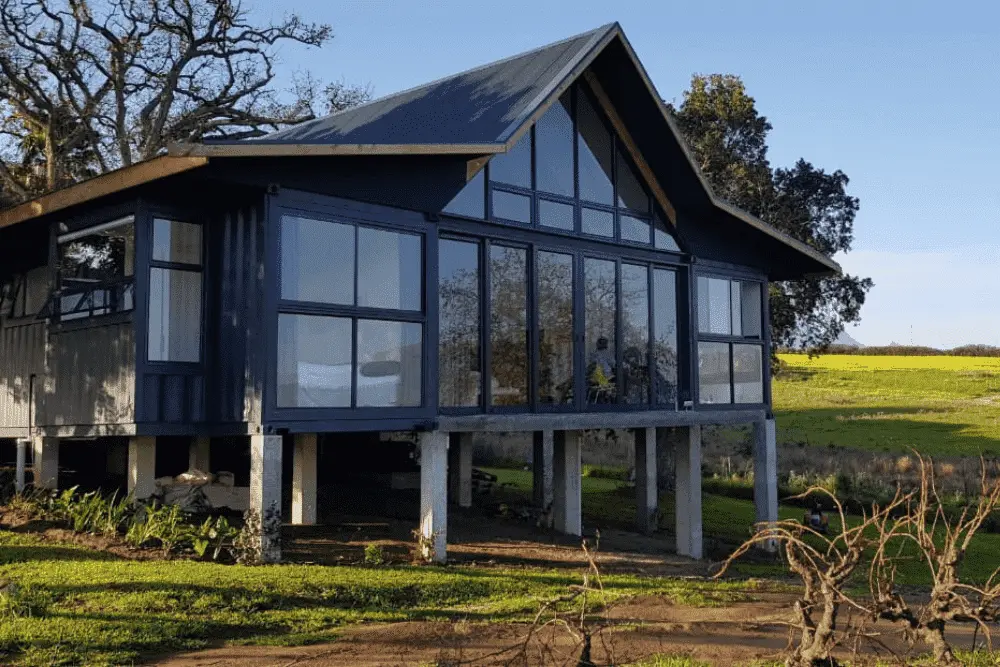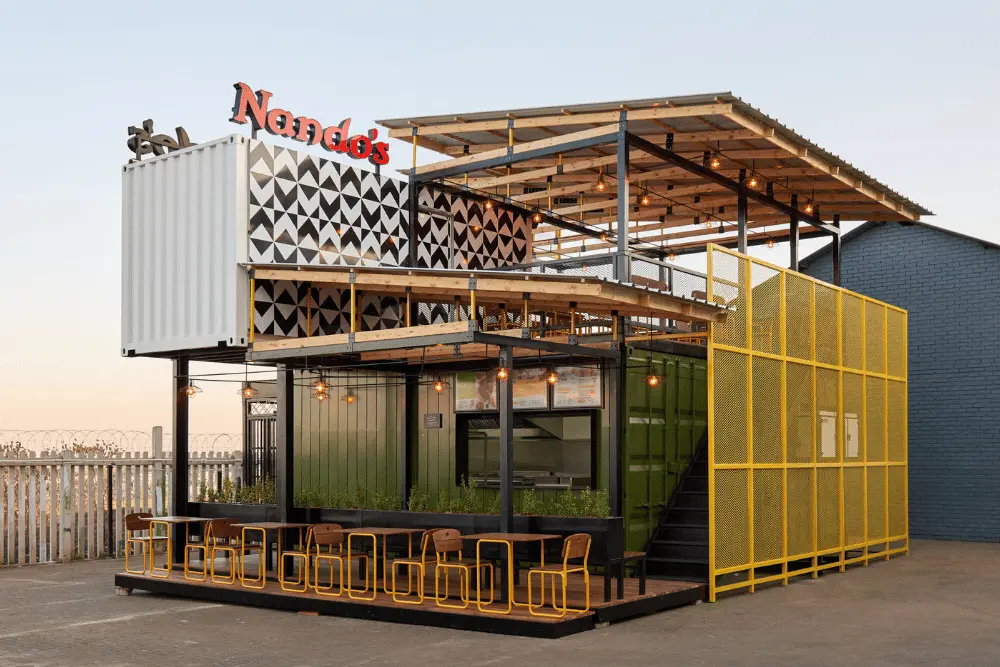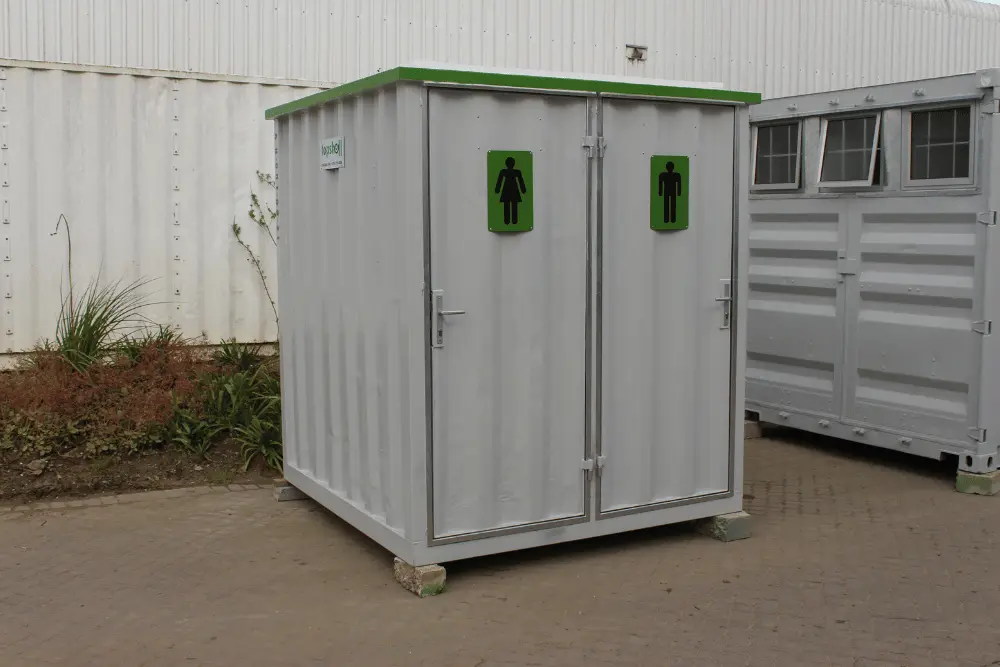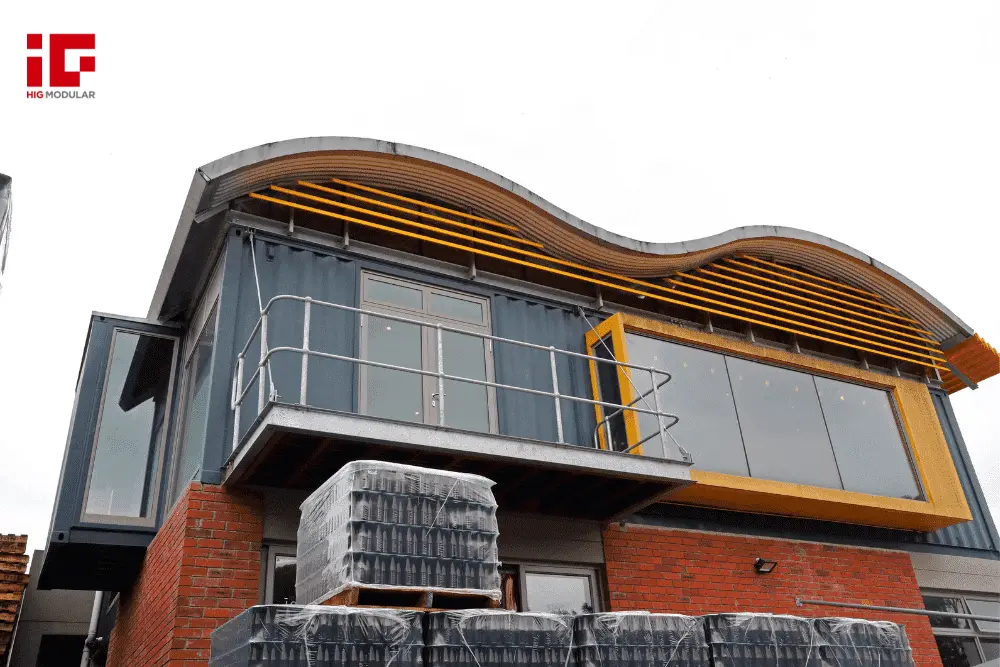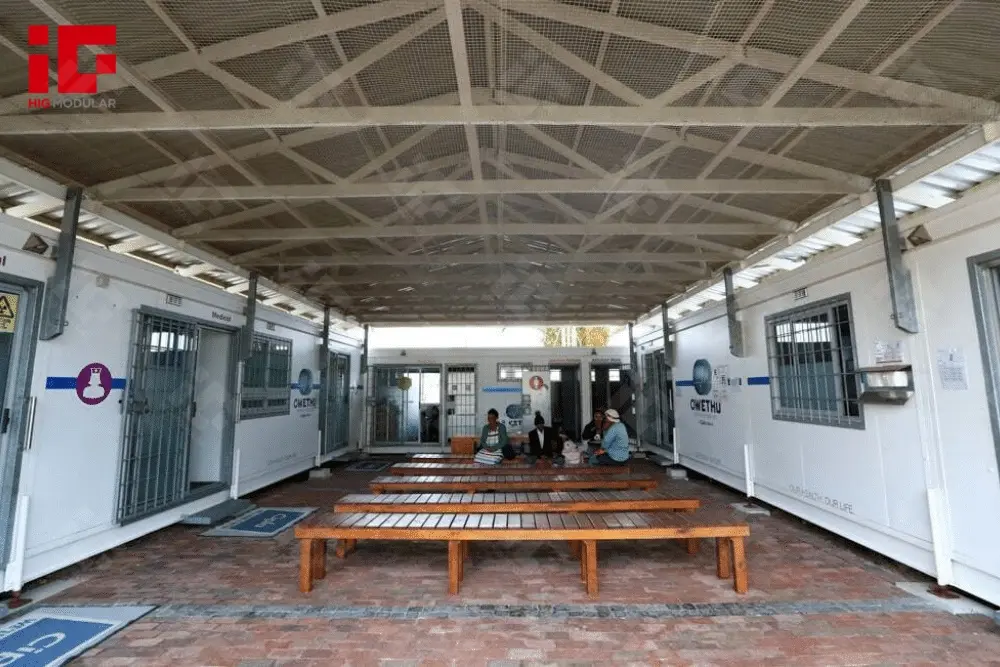News Categories
Featured News
0102030405
Container Houses Redefine Retail Experience in Modern Urban Shopping Destinations
2025-08-04
In the ever-evolving landscape of urban retail, a quiet revolution is underway—one driven by repurposed shipping containers. Once confined to industrial ports, these steel boxes are now shaping the future of shopping malls, streetscapes, and consumer engagement. Container Houses are not just a design trend; they represent a fundamental shift in how brands connect with audiences, blending speed, sustainability, and creativity to redefine modern retail.

Speed and Agility: A Retail Game-Changer
The retail industry thrives on adaptability, and container houses deliver this in spades. Traditional brick-and-mortar stores require months of planning, permits, and construction—often costing millions. In contrast, container-based spaces can launch in under 24 hours. Prefabricated modules are assembled off-site, transported, and installed with minimal disruption, allowing brands to test new markets, products, or concepts at lightning speed.
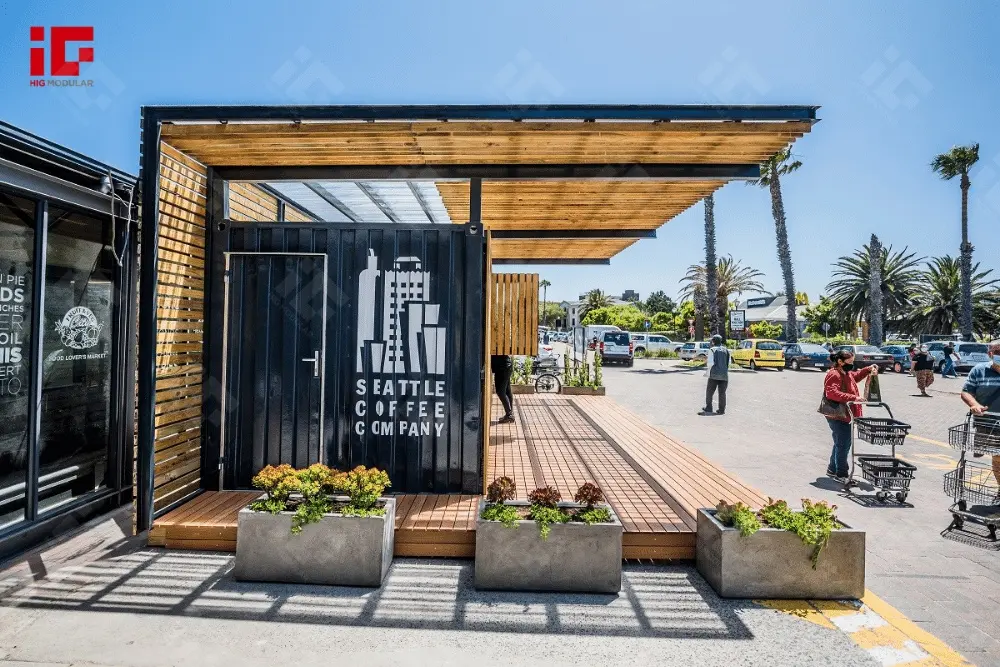
Take the Seattle Coffee Co outlet featured in architectural projects: a sleek, Modular Container structure with a wooden facade and open-air seating. This cafe went from concept to operation in a single day, capitalizing on high foot traffic in a mall courtyard. For emerging brands or established companies, this agility means launching pop-ups, temporary cafes, or experiential spaces in days—not months.
“Container structures let us be nimble,” says Mia Hernandez, a retail strategist for a global fashion brand. “We can test a new product line in a high-traffic mall, gauge response, and reconfigure the space within weeks. It’s revolutionized how we approach physical retail.”
Sustainability Meets Urban Cool
Beyond speed, container houses align with the global push for sustainability. Each repurposed container saves ~1.5 tons of steel from landfills, slashing construction waste and carbon emissions. Designers are taking this eco-edge further: integrating reclaimed wood, solar panels, and energy-efficient systems to create spaces that appeal to environmentally conscious shoppers.
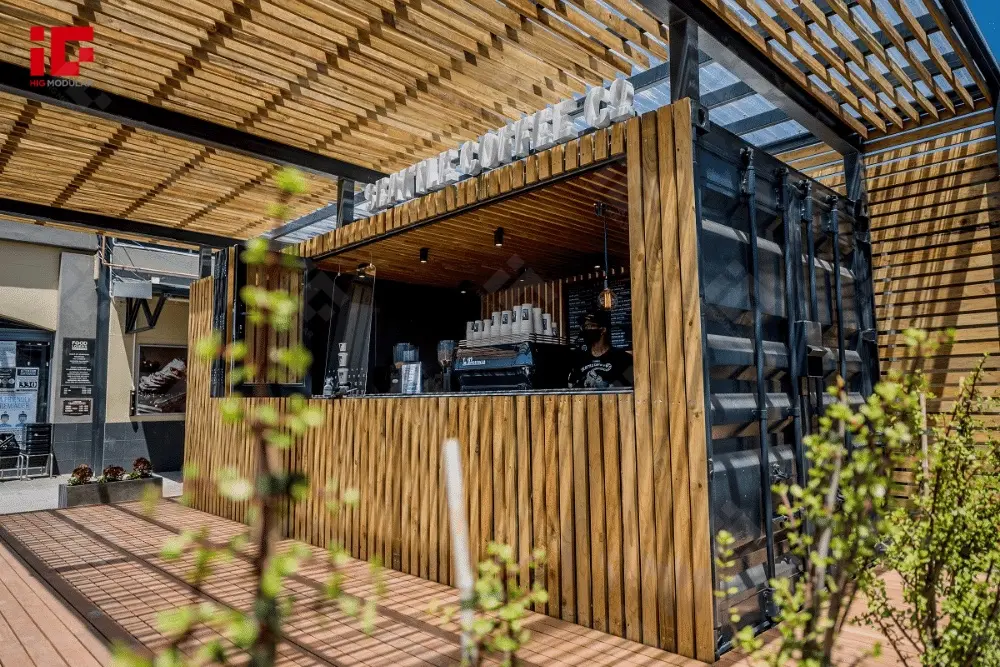
The aesthetic is equally compelling. The industrial-chic vibe of container structures—raw steel, modular lines—translates to Instagram-friendly spaces that stand out in cookie-cutter malls. Seattle Coffee Co’s vertical wooden slats and open layout blend warmth with ruggedness, drawing customers with its unique visual identity. These spaces become social media magnets, driving organic engagement and foot traffic.
From Coffee to Curated Experiences
Container houses are not limited to cafes. Shopping malls worldwide are embracing them to diversify offerings:
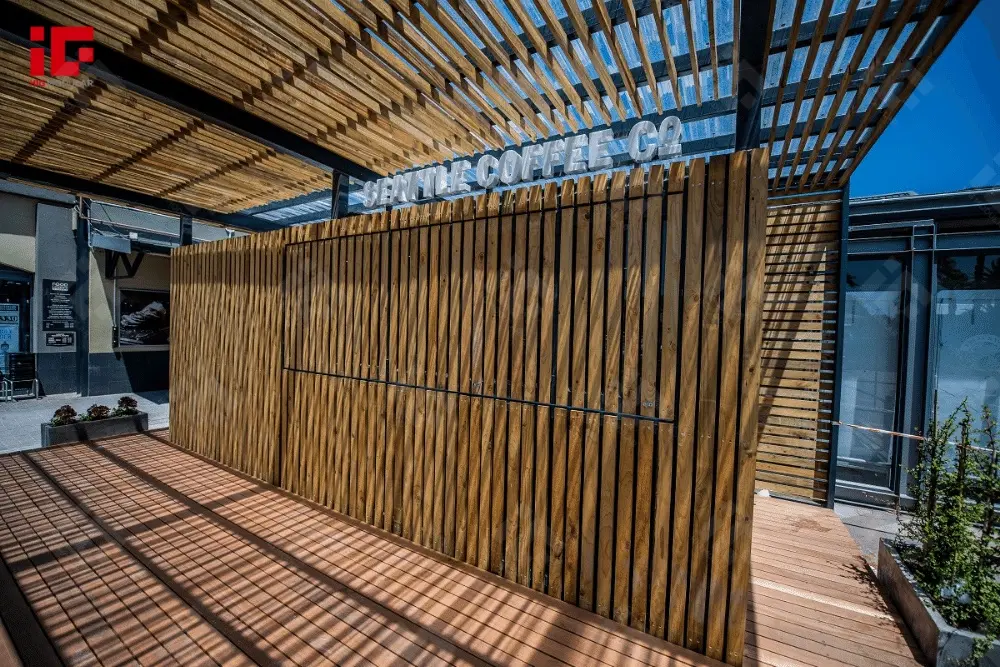
- Fashion Pop-Ups: Brands like Nike and Adidas use containers for limited-edition launches, creating buzz with temporary, exclusive spaces.
- Experiential Retail: Beauty companies host interactive makeup studios or skincare labs in containers, letting customers test products in immersive environments.
- Food Innovation: Ghost kitchens and gourmet food trucks operate out of containers, bringing niche culinary concepts to malls without the cost of a permanent storefront.
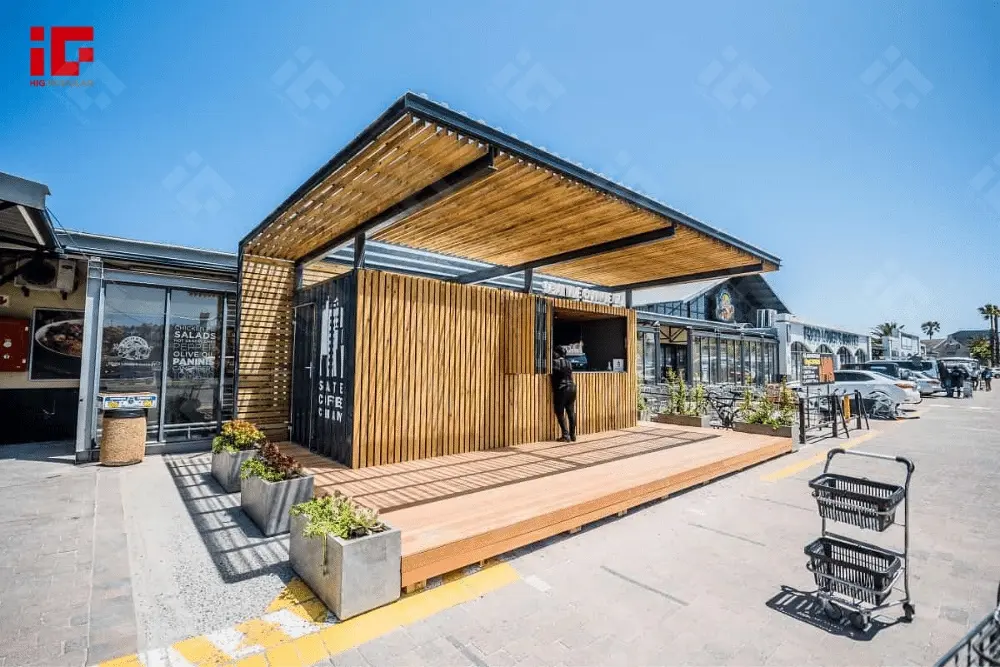
In Singapore’s Marina Bay Sands, a “Container Village” hosts emerging designers and local artisans, transforming a mall courtyard into a dynamic marketplace that refreshes seasonally. “It’s like a mini fashion week every few months,” says a mall manager. “Containers keep the space fresh, encouraging repeat visits.”
Challenges and Future Potential
While container retail offers immense benefits, hurdles remain. Zoning laws, permitting delays, and structural limitations (e.g., load-bearing constraints) can slow adoption. However, as cities prioritize adaptive reuse and sustainable development, these barriers are fading.
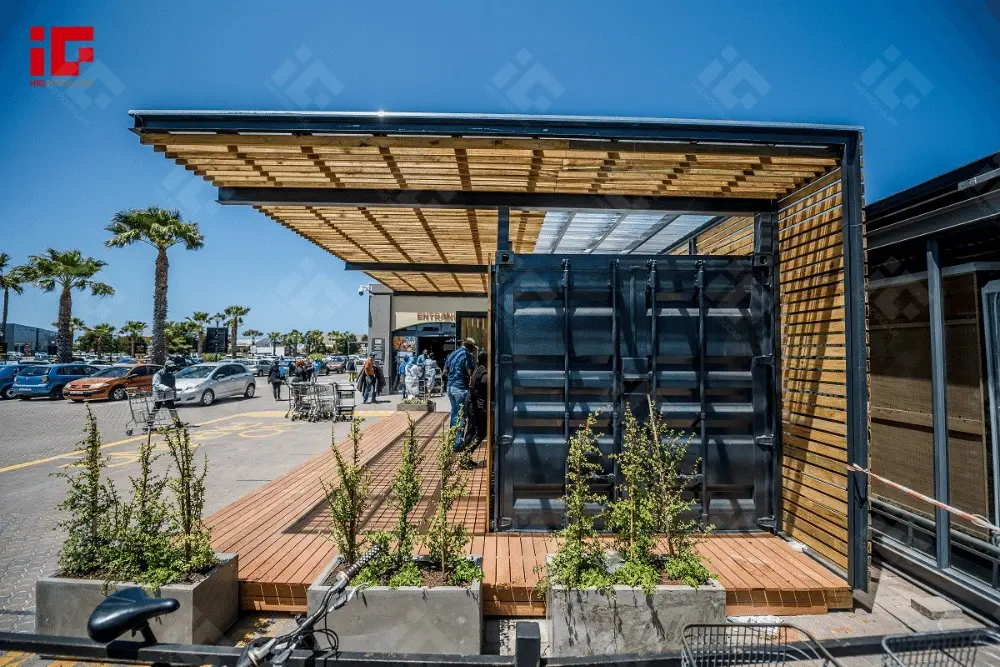
Industry experts predict container houses will become a cornerstone of future retail. As e-commerce reshapes brick-and-mortar strategies, brands will need flexible, cost-effective ways to connect with consumers. Containers provide the answer—combining tactile shopping experiences with the agility of digital-era business models.
Conclusion
Container houses are more than a trend; they’re a blueprint for the future of urban retail. By merging speed, sustainability, and creativity, they offer a solution to the industry’s biggest challenges: adapting to consumer demands, reducing environmental impact, and staying relevant in a digital age. As more brands and developers embrace this innovation, container-based retail will continue to redefine how we shop—one repurposed steel box at a time.
